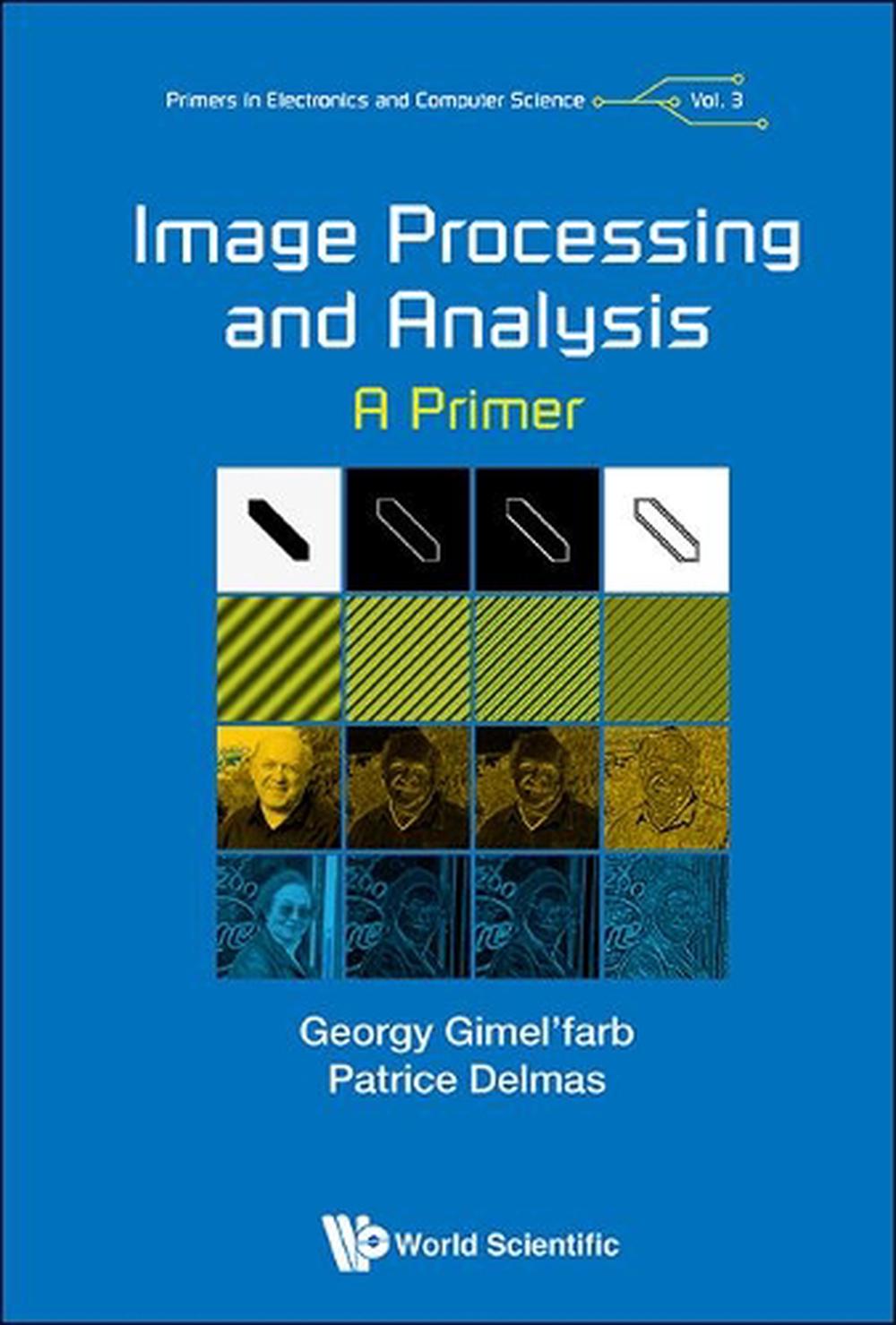Course syllabus
Introduction
This course introduces computational methods and techniques for computer vision, extended towards real-world problems such as vision-guided robotics based on 3D scene description. The students will interact with 3D vision equipments based in the city campus Intelligent Vision Systems Lab (www.ivs.auckland.ac.nz). A particular feature of the course work is the emphasis on complete system design. This year the course project will look at the integration of 3D stereo-cameras into a 3D map using a simplified version of SLAM technology. Tentative non-compulsory field demos using Unmanned Aerial Vehicles (quadcopter) will be planned at Leigh Marine Science campus either towards the end of the semester or during Easter break.
Classes will take place on Monday (2-3pm) and Tuesday (2 hours within the 1-4pm block). Practical experiment sessions (2 across the semester) will take place over three hours on Tuesday 2 April and Tuesday 14 May (1-4pm).
Assignment resources: here
Lecture notes will be available in the relevant canvas section
Timetable (Semester 1, 2019)
|
Day |
Time |
Where |
Lecture |
|
Mon 4 March |
2-3pm |
303-G11 |
1) Introduction |
|
Tues 5 March |
1-3pm |
303-B11 |
2-3) 2-3D geometry, Image features, camera calibration |
|
Mon 11 March |
2-3pm |
303-B11 |
4) Image features, camera calibration, Camera calibration exercises, Trigonometry |
|
Tues 12 Mar |
1-3pm |
303-B11 |
5-6) Bits and pieces about calibration: rotation/translation exercises, Features, Tsai calibration: summary, Tsai's paper, Stereo web camera, Camera distortion, 773 lecture notes on calibration (zip) |
|
Mon 18 Mar |
2-3pm |
303-B11 |
7) Camera calibration wrap-up - Literature review and experimental protocol design |
|
Tues 19 Mar |
1-3pm |
303-B11 |
8-9) Experimental procedure, literature review discussion, Presentation discussion, preparation to the assignment(A2). |
|
Mon Mar 25 |
2-3pm |
303-B11 |
10)Camera calibration |
|
Tues Mar 26 |
1-4pm |
303-B11 |
11-12) Camera calibration (exercises/wrap-up), A2 preparation |
|
Mon 1 April |
2-3pm |
303-B11 |
13) Introduction to 3D Vision |
|
Tues 2 April |
1-3pm |
303-B11 |
14-15) In-class assignment (A2) |
|
Mon 8 April |
2-3pm |
303-B11 |
16) Stereo Geometry |
|
Tues 9 April |
1-3pm |
303-B11 |
17-18) Stereo Matching+Stereo Rectification |
|
Mid-semester break: April 13 - April 27 |
|||
|
Mon 29 April |
2-3pm |
303-B11 |
19) Auto-Calibration + Introduction to Multi-Image 3D Reconstruction |
|
Tues April 30 |
1-3pm |
303-B11 |
20-21) Feature Detection + Visual Odometry |
|
Mon 6 May |
2-3pm |
303-B11 |
22) Solving Optimization Problems + Bundle Adjustment |
|
Tues 7 May |
1-3pm |
303-B11 |
23-24) Point Clouds 1 + 2 |
|
Mon 13 May |
2-3pm |
303-B11 |
25) Preparation to assignment A3 |
|
Tues 14 May |
1-4pm |
303-B11 |
26-28) In-class assignment (A3) |
|
Mon 20 May |
2-3pm |
303-B11 |
29) Machine Learning in Computer Vision |
|
Tues 21 May |
1-3pm |
303-B11 |
30-31) ANN + Deep Learning with CNN |
|
Mon 27 May |
2-3pm |
303-B11 |
32) Case Study: Stereo Matching by CNN |
|
Tues 28 May |
1-3pm |
303-B11 |
Open class, lecturers available for help |
|
Mon 3 June |
2-3pm |
303-B11 |
No class |
|
Tues 4 June |
1-4pm |
303-B11 |
Final demo, individual assessment |
Lecture notes and additional materials
Image Processing review:

G Gimel'farb, P. Delmas; Image Processing and Analysis: A Primer, World Scientific Europe, ISBN 978-1-78634-581-3, 2018.
Recommended reading:
- R. Hartley and A. Zisserman: Multiple View Geometry in Computer Vision. 2nd edition. Cambridge University Press: Cambridge, UK, 2006.
- Part 0: Projective geometry, 2D/3D transformations.
- Part I: Camera geometry and single view geometry.
- Part II: Two-view geometry: epipolar geometry, fundamental matrix, 3D reconstruction.
- Z. Zhang: Determining the Epipolar Geometry and its Uncertainty: A Review. International Journal of Computer Vision. vol. 27, no. 2, 1998, pp. 161 - 198.
- C. M. Bishop: Pattern Recognition and Machine Learning. Springer Science+Business Media, LLC: New York, NY, USA, 2006.
- Chapter 8: Graphical models: inference, factor graphs, sum-product and max-sum algorithms, dynamic programming, loopy belief propagation.
- Digital Image Processing: Selected Topics: extended web-based lecture notes & additional references
- 3D Vision: Selected Topics: extended web-based lecture notes & additional references
- Additional materials:
- Webcam application
- Lectures notes [2005] on 2D/3D vision geometry, camera calibration, color discrimination, and binary machine vision
- 2D/3D homogeneous coordinates - additional lecture notes
- My calibration
- Colour space: 1.html 2.html
- Features
- PCA
- LDA
- Extended lecture notes [2006](pdf) and lecture slides (pdf) on random processes and Kalman filtering
- Lecture slides on math tools (linear algebra): pdf
- 373 material: 7zip
Course summary:
| Date | Details | Due |
|---|---|---|